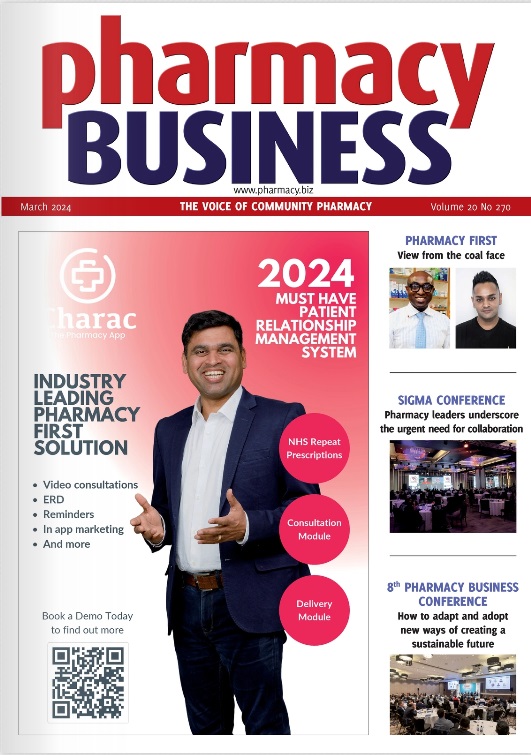Today, the world is seeing an increase in the use of cloud computing, and being connected to the Internet at all times is the norm. People walk around with smartphones that are constantly connected to the internet. Binging all seasons of streaming programs has become the preferred way of viewing television. There are so many widespread applications of the cloud that we can’t list all of them here. But there’s one thing for certain.
All of this use of the internet and the cloud requires an extraordinary amount of computing space and infrastructure, which becomes the responsibility of the data center. The data center is at the heart of the internet. In order to ensure that this information is available 100% of the time, the data centers are designed for optimum reliability. And ups power supply, undeniably, is one aspect that any data center prioritizes.
By ensuring servers and other critical computer equipment are never vulnerable to power line disruptions and power quality issues, UPS power supply also ascertains business continuity.
Data Center Systems and DC Power Supplies
Computing gears or devices, such as servers and routers, all rely on an internal power supply to provide the controlled DC power needed to operate processors and peripheral devices. These power supplies can only accommodate a certain difference in the supply voltage until the computer device becomes vulnerable to shut down or overload.
The Information Technology Industry Council (ITI) has developed a curve and application notice defining the input voltage envelope that can be tolerated by standard information technology equipment. It’s called the ITI(CBEMA) curve.
UPS Power Supply Redundancies for Optimum Uptime Requirements
UPS power supply systems are also redundantly implemented in order to fulfill the high uptime criteria for data centers. Some common redundancies are:
- N+1 Redundancy
Let us identify ‘N’ as the full UPS power supply capacity needed to manage the total load. For minimal or simple redundancy, an additional module needs to be installed. In such multi-module systems, every UPS power supply system can deliver the required ‘N’ full-power and is described as N+1 redundancy.
- 2N Redundancy
IT equipment at the enterprise level also supports dual power supply operations, and it can be connected to several power sources. These two sources in a data center will be separate UPS power supply systems. The computer equipment can be controlled by the ‘A’ side and ‘B’ side, where 100% of the load capacity will be able to accommodate each side. This is classified as 2N redundancy.
- 2(N+1) Redundancy
It is also feasible to merge the two definitions of N+1 redundancy and 2N redundancy. Take a 2N redundant power distribution system, for instance. There will be several modules instead of a single UPS module on each side. This provides each side with N+1 redundancy and is commonly known as redundancy 2(N+1).
An increasing number of data centers are built around the globe as internet consumption grows day after day. The UPS system is the heart of ensuring that any machine is still operating inside a data center. So, the next time you watch your favorite display, note that all that data you consume is uninterrupted thanks to the UPS power supply systems.
Online Double Conversion UPS Systems
Important data centers can usually make use of UPS power supply systems for online double conversion. We already know that there will be a rectifier, an energy storage system, and an inverter for online UPS solutions. An intramural automatic static transfer switch will also be included to transfer to a bypass source to improve the system’s reliability further. If there is a problem or fault found within the UPS, the switch will immediately trip.
UPS power supply systems also make use of an external maintenance bypass in sensitive data centers. This is a piece of switchgear that enables the vital load from the UPS to a bypass power source to be manually transferred. To allow secure maintenance work inside the UPS, manually switching to the external bypass source allows power to be completely removed. If you need expert guidance regarding UPS power supply solutions, it is suggested that you contact a leading provider or consult a qualified consultant to find the best UPS solutions!
Sources:
https://www.datacenterdynamics.com/en/opinions/the-role-of-ups-its-not-just-about-blackouts/







